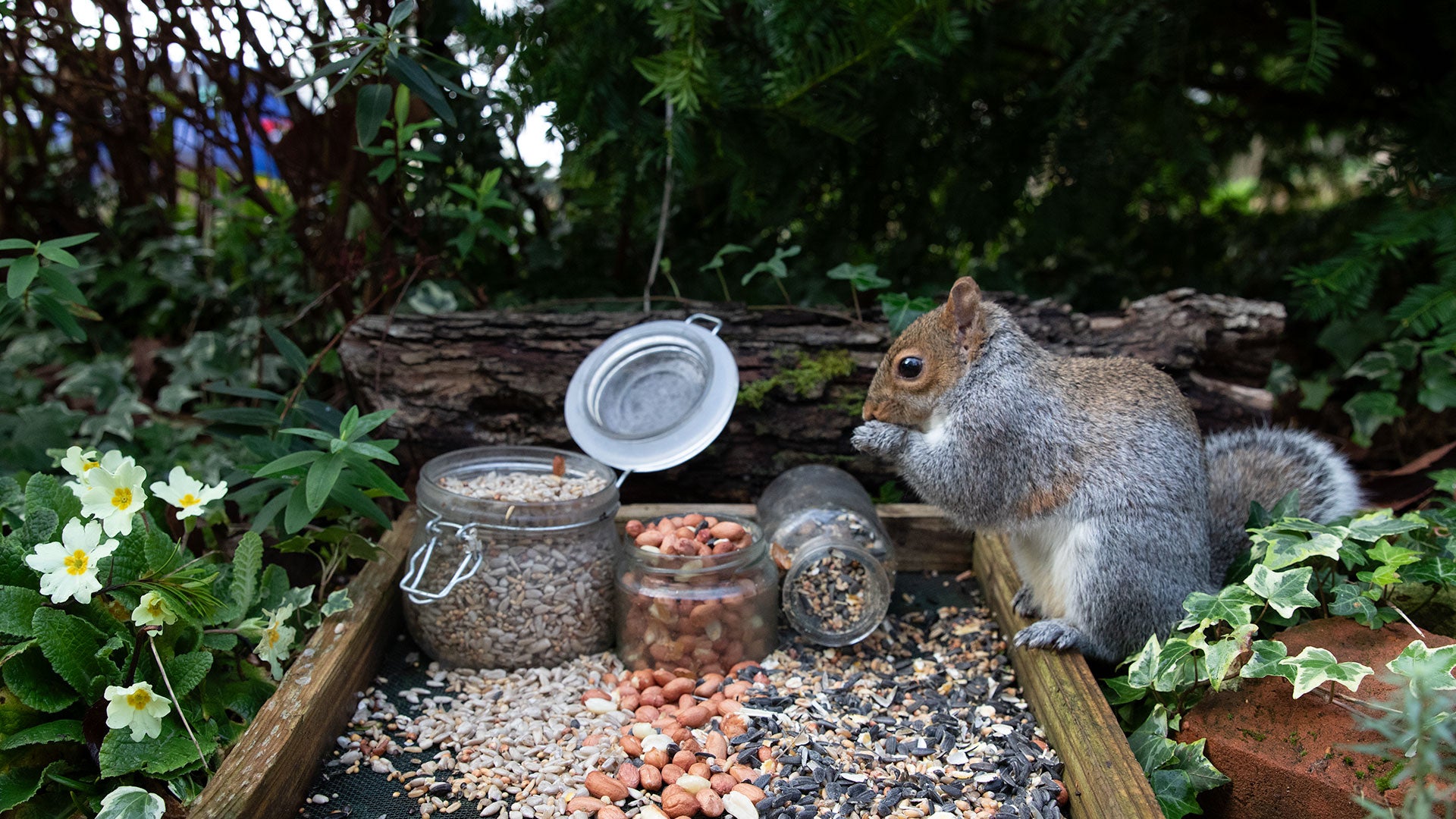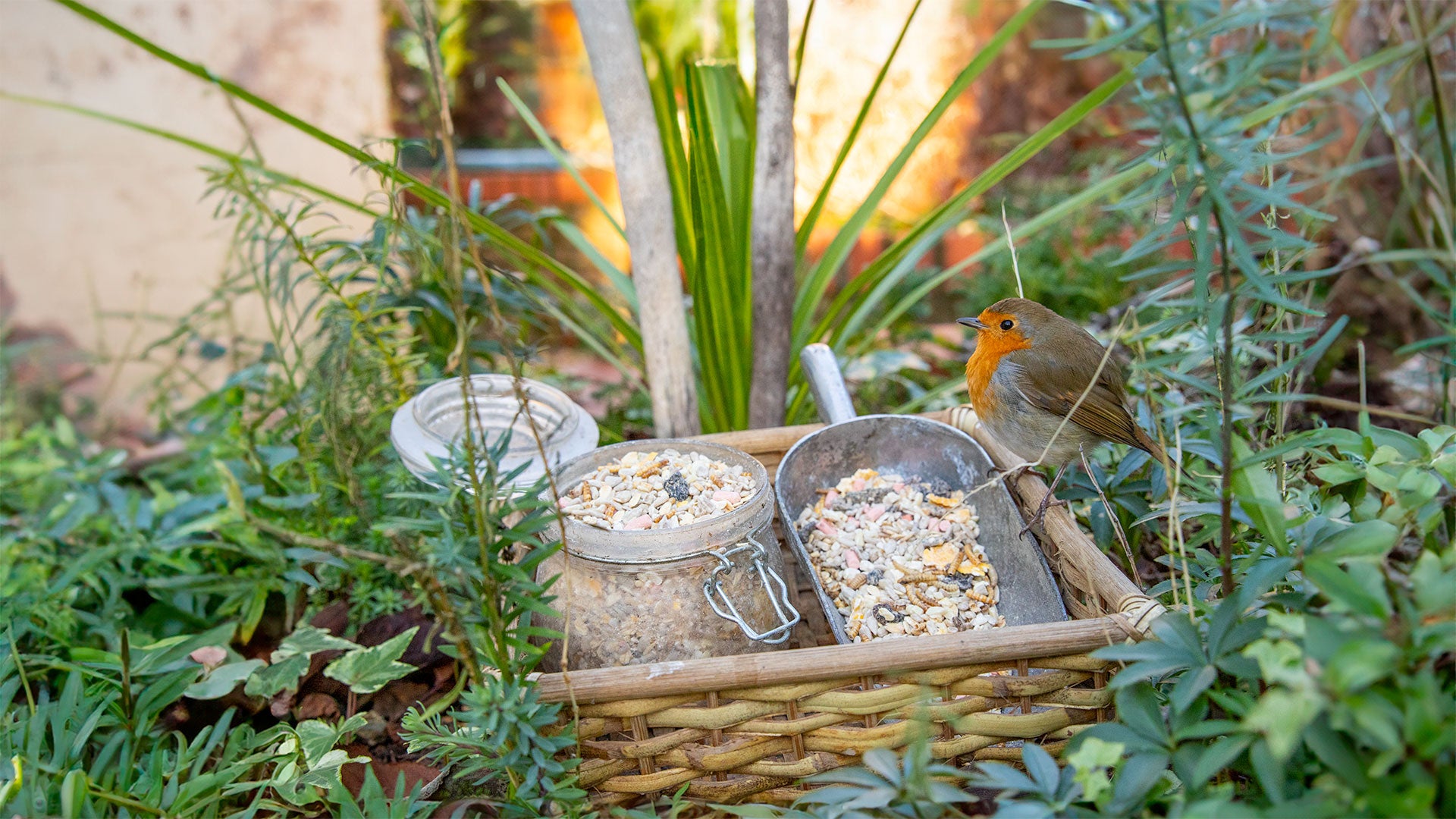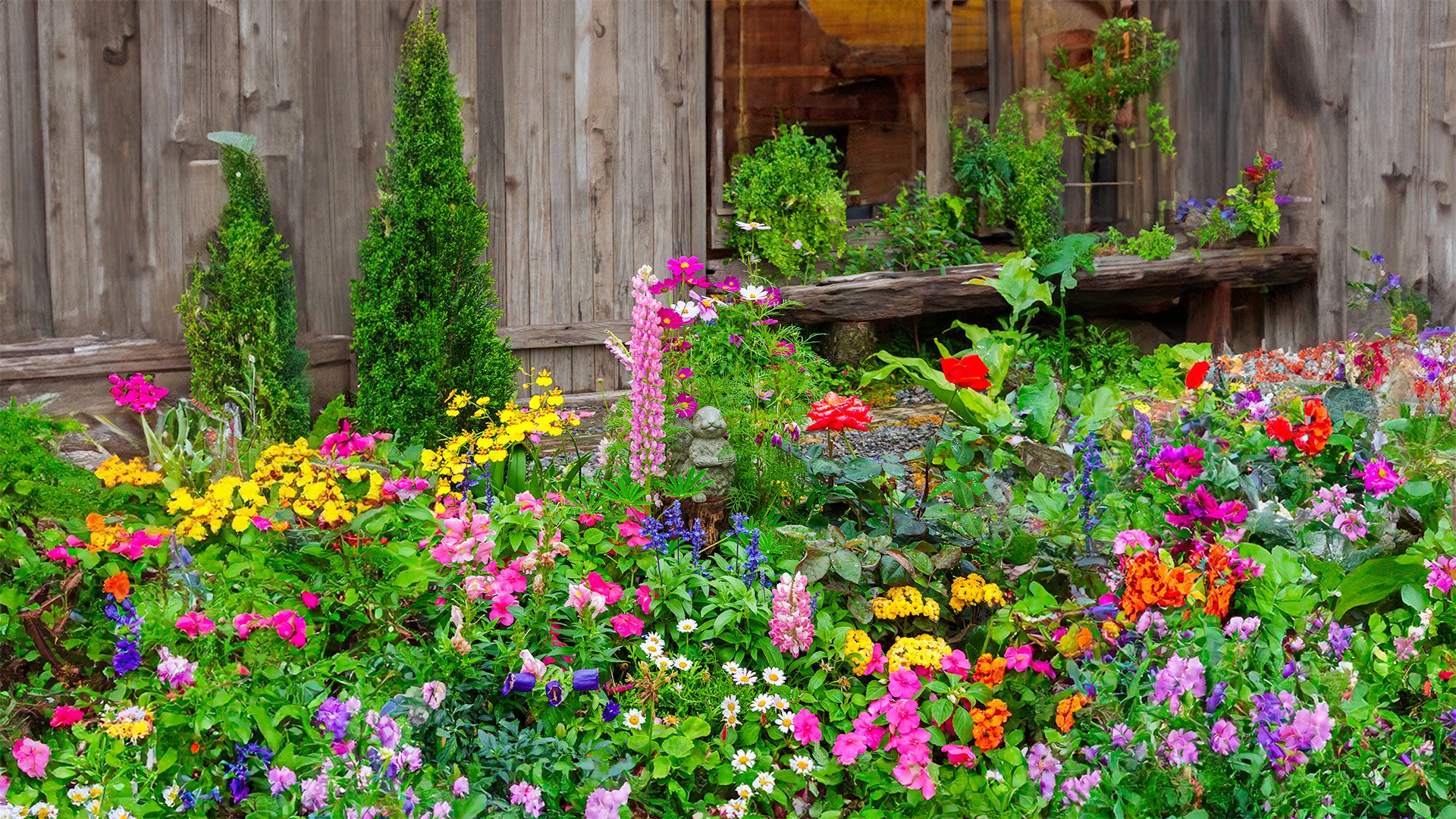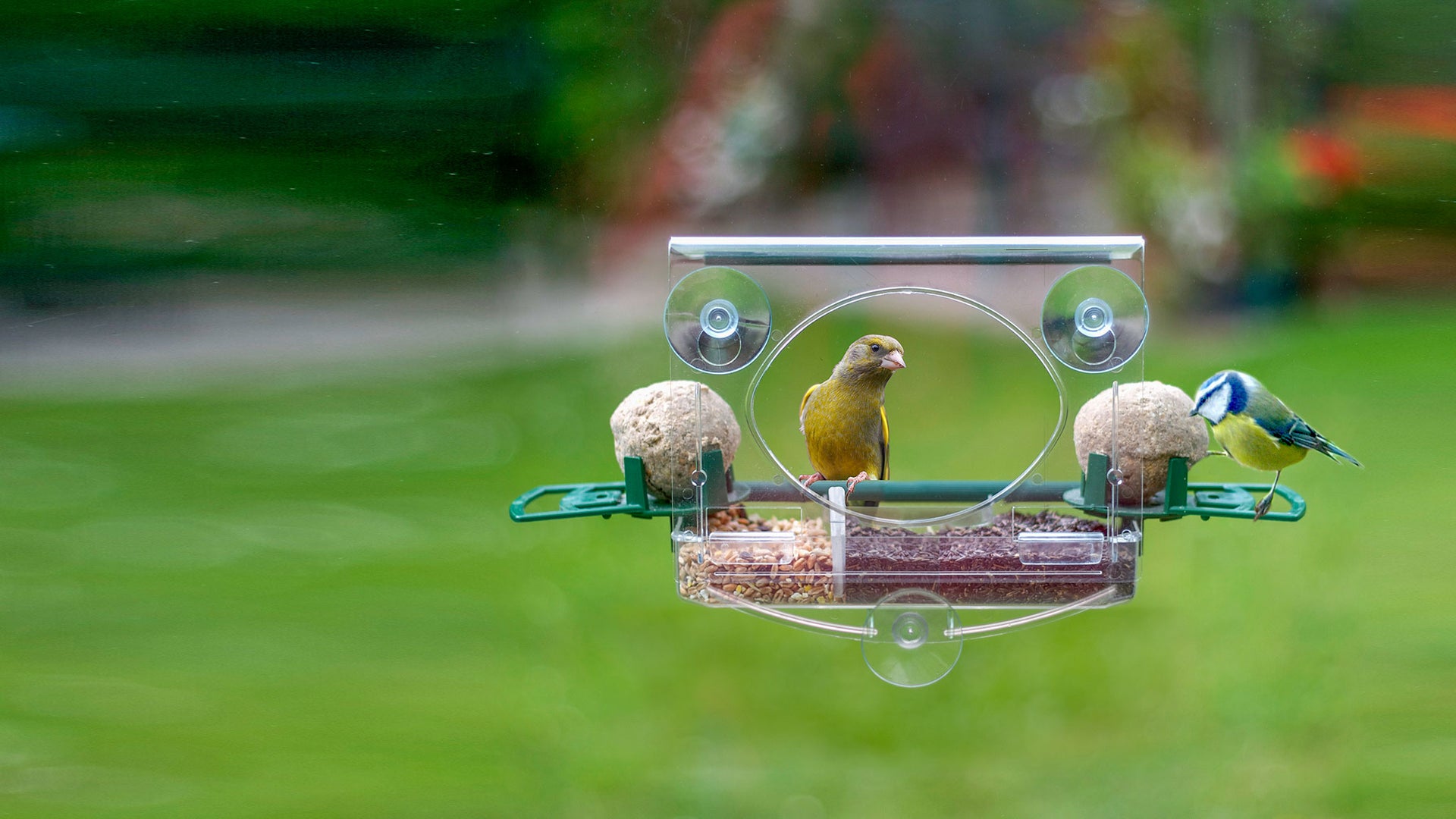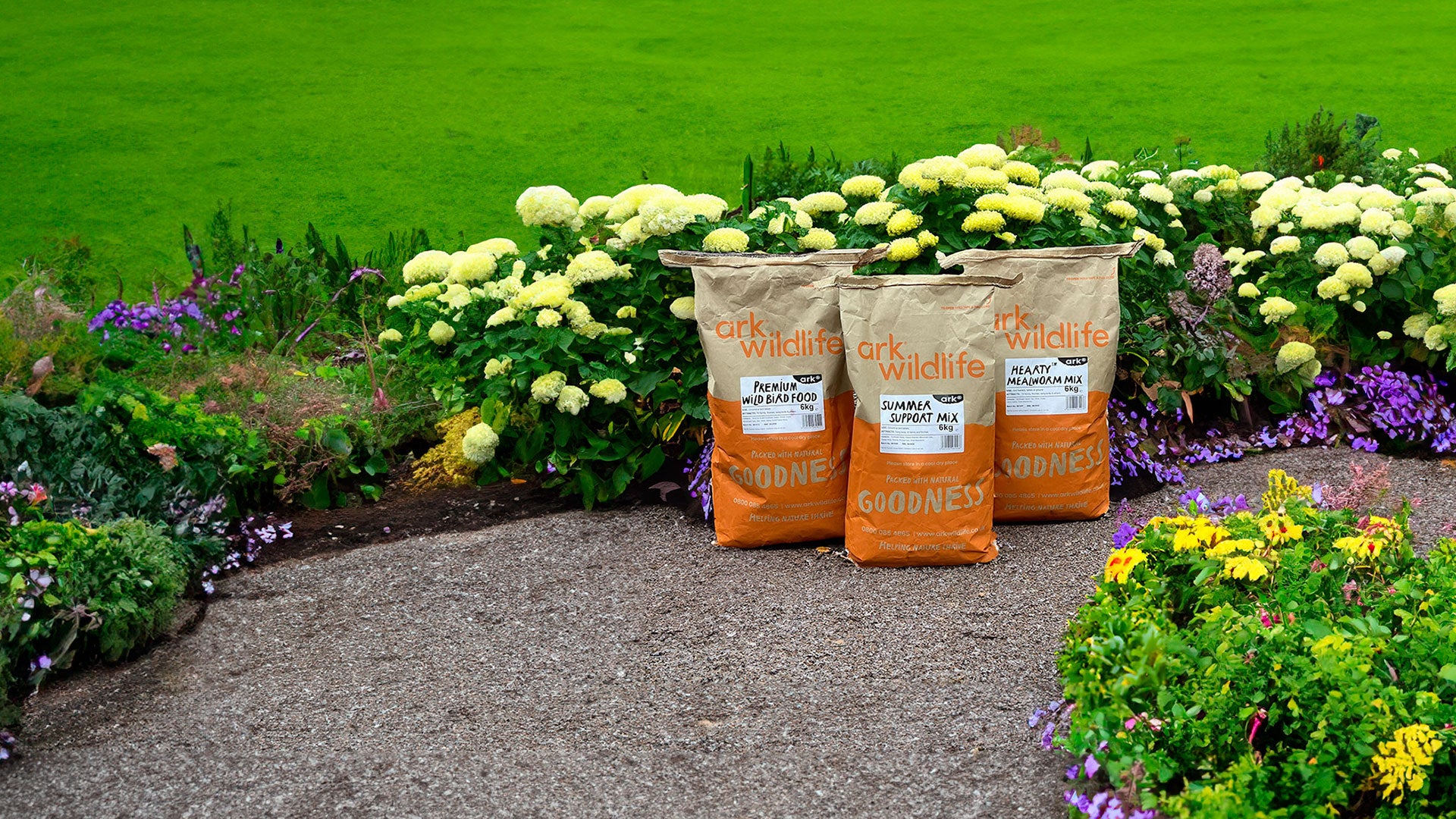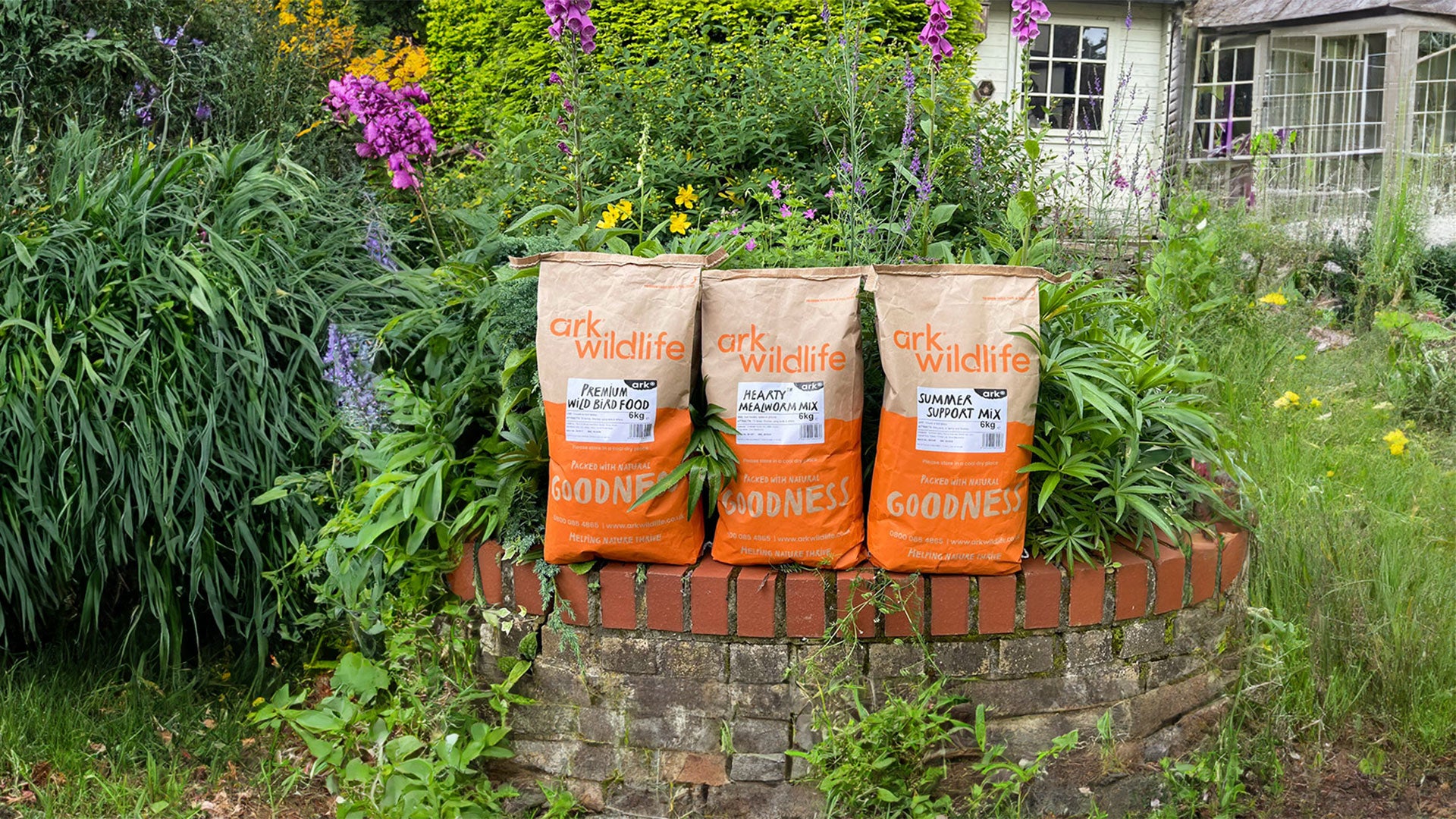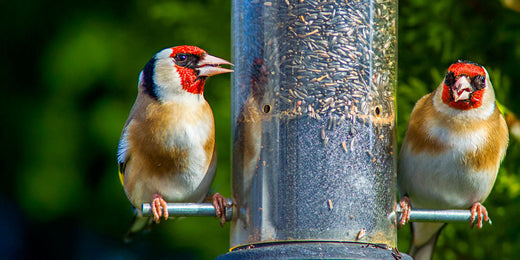There’s an old saying that nettle stings protect against arthritis. I go with this idea, because it comforts me with each fresh set of tingly fingers I get. And hey, being an arthritis free quinquagenarian, it may well be true.
I’ve always had a love hate relationship with stinging nettles, they fascinate me. Such resilient and resourceful plants. They grow rapidly on any soil, year after year. They’re drought and disease resistant. They can be cut to the ground and regrow, they spread by runners, cuttings and by seed. They appear indestructible and yet still present one of the fiercest set of defences of any plant I know. Thousands of needle-sharp hairs, packed with a chemical arsenal of serotonin, histamine, formic acid, and other irritants.
To me, getting stung by nettles is a painful harbinger of spring. Ouch! Oh good, the nettles are out, I’d best start planting. The other reason I get stung so much, is the attraction of the wildlife that they host.

Common butterflies such as small tortoiseshell, peacock and red admiral all use nettles for breeding, home, and protection. Along with moths and other insects, over 40 species call nettle beds home, including a specialist beetle, not surprisingly called the nettle bug. From tiny mites and aphids to hunters such as nursery web spiders and voracious ladybirds, there’s always something to find among the nettles. Next time you find a sizable nettle bed, don’t just wander around the edges, the real action’s all in the middle. Carefully rummage about in the centre to witness the full drama of the nettle bed but take care, nettles defend themselves!

Stinging nettles are also a useful plant for us humans, making good soups, stews, wine and beer. Nettle tea is claimed to reduce blood pressure and stabilise blood sugar making it a super drink for type 2 diabetics. However, my preference is turning them into a highly effective garden fertiliser. Young nettle leaves are high in nitrogen and trace elements, so make a great feed for leafy veg and greenhouse plants. Comfrey on the other hand has higher potassium levels and is better for flowering plants and tomatoes.
Fortunately, both human and wildlife can share the goodness on offer from nettles because insects understandably use the centre of the nettle bed, taking advantage of the nettle plants own defences added to their own. This allows us to harvest from the margins without harming the local residents. Having said that, I still take the precaution of leaving cut nettles where they fall for 24-hours, to allow any mini beasts to relocate before I make my broths.

From the earliest green leaves in spring, to the potent aroma of flowering nettles in summer and ending with the aggressive stings of decaying autumn stems, nettles always make their presence felt; often literally. Wildlife lifecycles follow the nettle season, egg laying, larvae, pupae, and adults feeding. Ladybirds, butterflies, beetles, moths, and spiders all live and die in the nettle bed.
I correct my introduction, free fertiliser, super soup, healthy tea, a mini beast festival, and arthritis free, my relationship with nettles is pure love love. There is no hate here.



